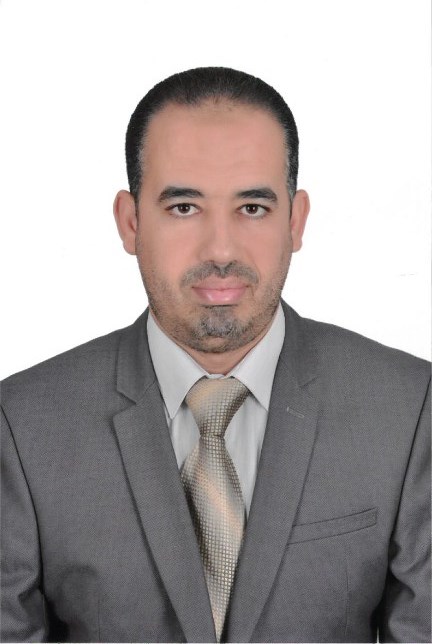Factory 4.0, Company of the Future, Smart Manufacturing – names and national plans have multiplied in recent years to transform the working world, and especially industry.

On occasion the SIdO’s fourth edition in Lyon and at a time when industrials are looking for more opportunities to optimize their industrial processes, we turned to Abdelbaki HAJJI (Plant Director for Casablanca site 1) and Cédric Nguyen (Chief Digital Officer) to get more insights about how digitization was occurring at Crouzet.
First of all, Abdelbaki HAJJI, can you tell us what digitization induces for production plants?
Digitization is an opportunity for improvement that must be seized to bolster the efficiency and effectiveness of our value-added processes. The plants in Casablanca have already started incorporating this digital transformation by modernizing our production and forecasting tools.
The industry we work in (nuclear, aeronautics, automobile, etc.) are highly-demanding in terms of traceability, real-time reactivity and agility. Innovation is essential to implement new industrial management techniques to go above and beyond traditional methods that can no longer keep up with our changing world.
Cédric Nguyen, our factories –and more widely speaking, with the advent of Factory 4.0, most industrials’ factories – are indeed getting an update. But how do you root the industry of the future in the present?
Reinforced by the advent of 3D printing, predictive maintenance, augmented reality and supply chain digitization, industry is undergoing profound changes.
The first step is to understand the opportunities offered by these new technologies and the new uses they make possible. The Internet of Things (IoT) facilitates monitoring, product traceability and the creation of new service offers. Augmented reality is already used by some industrials to support and train teams. 3D printing has questioned not only logistics chain organization but design methods as well.
And what is the second step?
The second step is to identify priorities. In this revolution, the top priority is teams. They need to be won over, supported. We have to show them the clear added value for their trade. Our major concerns should be around four issues. How digital native employees can drive the rest of the business? How can we train employees who are less comfortable with digital technology? How can we ensure that all trades understand the priorities of this revolution? Lastly, how can we capitalize on teams that are increasingly cross-cutting?
Abdelbaki, what have you already implemented to modernize your production and monitoring tools?
In September 2016, we introduced a 3D printer on our Valence site in France. Welcome by collaborators and used almost every day, this new technology helps optimize time –and therefore productivity- to give the company a leg up on competition.
We have now equipped one of our plant in Casablanca with a 3D printer using filament technology as well. With a size precision range from 0.01mm to 0.1mm and a maximum printing size of 300 x 200 x 300mm, the Volumic Stream 30 Pro MK2 can create relatively complex pieces in various materials (ABS, PETG, nylon, lost wax, etc.).
By equipping our production sites with the same manufacturing technologies, we make it possible to produce industrial and aerospace components meeting the same reliability and quality requirements as in Europe or in the US. We can combine an efficient R&D management closer to our customers’ needs while remaining cost-effective.
On the other Casablanca site, we chose to digitize AIC zone. The two whiteboards were replaced by a 65” flat panel display linked to a PC, making the indicator tracking dashboard dynamic. We have eliminated paper resources for team meetings in favor of electronic resources. Indicator formatting depending on the value and discrepancy compared to the target with visual management has been automated. Totals of parts have been automated as well depending on the day of the week and compared to target and visual management. We can also save the performance results for the week. Previously, we used to clear the dashboards at the start of the week.
Cédric, in this industrial revolution, what will the factory of the future look like?
This revolution combines three main technological innovations: automation, the Internet of Things and artificial intelligence to create disruptive economic and industrial models. Taken alone, these technologies do not define this revolution. While technology drives factory transformations, major changes ultimately comes from how production is organized.
The factory of the future means connected machines not only to each other, but to products, and sometimes to partners and customers. These machines collect, analyze and make use of data from the field.
That is how production tools can adapt their rhythms, run diagnostics and contact a specialist for repairs all on their own.
Many thanks to both of you for your time and willingness.




